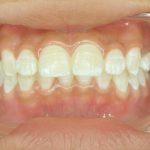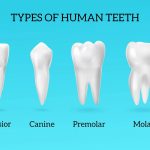5 Effective Ways to Reduce Swelling After Wisdom Teeth Removal

When it comes to wisdom teeth removal, swelling is a common side effect that many patients experience. Swelling can occur due to the trauma caused by the extraction, and it can last for several days after the procedure. While some swelling is normal, excessive swelling can be uncomfortable and even painful. Fortunately, there are several effective ways to reduce swelling after wisdom teeth removal. One of the most effective ways to reduce swelling after wisdom teeth removal is by applying ice to the affected area. Ice can help to reduce inflammation and pain, and it can also promote healing by increasing blood flow to the area. Additionally, it can help to numb the area, providing much-needed relief from discomfort. Other effective methods for reducing swelling after wisdom teeth removal include taking anti-inflammatory medications, using warm compresses, and keeping the head elevated while resting. By following these tips, patients can minimize swelling and promote a speedy recovery after their wisdom teeth removal procedure.
Wisdom teeth removal is a common dental procedure that involves the extraction of the third molars located at the back of the mouth. This procedure is usually performed when the wisdom teeth are impacted, causing pain, infection, or damage to adjacent teeth. After the extraction, patients may experience swelling, discomfort, and bleeding. Swelling is a common postoperative symptom that occurs due to the body’s natural response to tissue injury. The swelling can be managed with various methods, including ice packs, rest, elevation, medications, and proper nutrition. It is important to follow the dentist’s instructions and attend follow-up appointments to ensure a successful recovery and prevent any complications.
Reducing swelling after wisdom teeth removal is crucial for proper healing. Swelling can cause discomfort, pain, and even delay the healing process. It is important to address swelling as soon as possible to prevent further complications. Swelling occurs when the body sends fluids and white blood cells to the affected area to promote healing. However, excessive swelling can hinder the healing process by limiting blood flow and causing pressure on surrounding tissues. Reducing swelling through various techniques such as ice therapy, elevating the head, and taking anti-inflammatory medication can help to improve blood flow, decrease discomfort, and promote faster healing.
Ice Packs
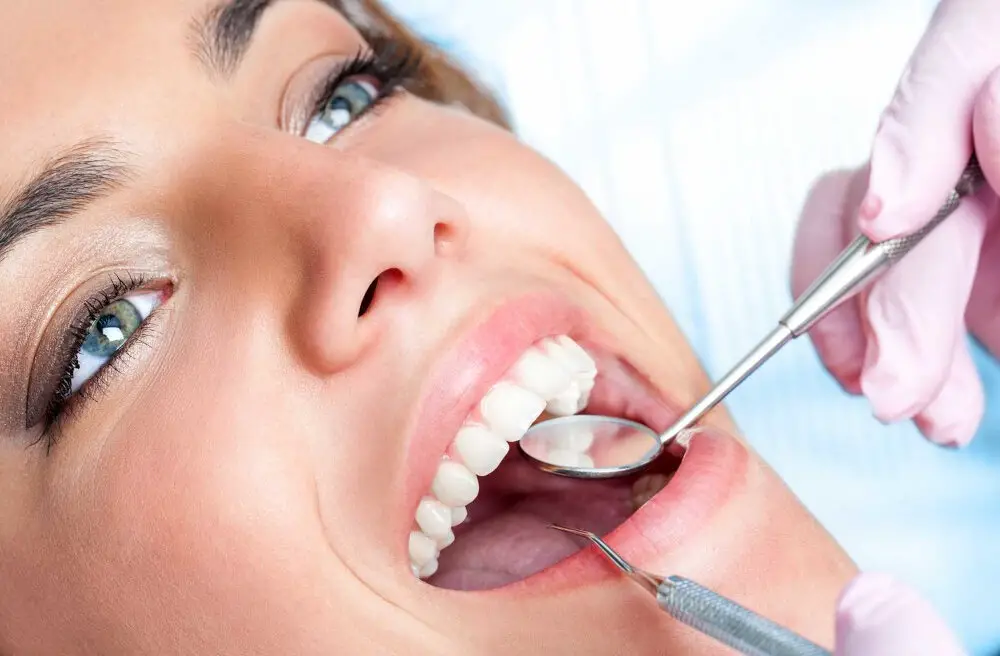
Ice packs are an effective way to reduce swelling after wisdom teeth removal. The cold temperature of the ice pack helps to constrict the blood vessels, which reduces blood flow to the affected area. This, in turn, reduces inflammation and swelling. Applying an ice pack to the affected area for 20 minutes at a time, with 20-minute breaks in between, can help to alleviate discomfort and reduce swelling. It is important to wrap the ice pack in a towel or cloth to avoid direct contact with the skin, which can cause frostbite. When using ice packs to reduce swelling after wisdom teeth removal, it is important to avoid using them for too long or too frequently. Overuse of ice packs can cause tissue damage and delay the healing process. It is recommended to use ice packs for the first 48 hours after surgery, and then switch to a warm compress for the next few days. The warmth of a warm compress can help to increase blood flow to the affected area, which can speed up the healing process. It is important to follow the instructions of your dentist or oral surgeon, and to seek medical attention if you experience excessive swelling or pain after wisdom teeth removal.
Ice packs are a common and effective method for reducing swelling after wisdom teeth removal. The principle behind this is that cold temperatures cause vasoconstriction, or narrowing of blood vessels, which in turn decreases blood flow to the affected area. This reduction in blood flow limits the amount of fluid that can accumulate in the swollen tissue, leading to a decrease in inflammation. Additionally, ice packs can help to numb the area, providing relief from pain and discomfort. To use an ice pack, simply apply it to the affected area for 20 minutes at a time, with 20-minute breaks in between to allow the tissue to warm up. It is important to wrap the ice pack in a towel or cloth to prevent direct contact with the skin, which can cause damage.
Using ice packs properly is crucial for maximum effectiveness after wisdom teeth removal. Before using an ice pack, wrap it in a thin cloth or towel to prevent direct contact with the skin and to avoid ice burns. Place the ice pack on the affected area for no more than 20 minutes at a time, with at least a 10-minute break in between. Repeat this process for the first 24-48 hours after surgery to help reduce swelling and pain. It is important to note that using ice for too long or too frequently can actually slow down the healing process, so be sure to follow these instructions carefully.
Salt Water Rinse
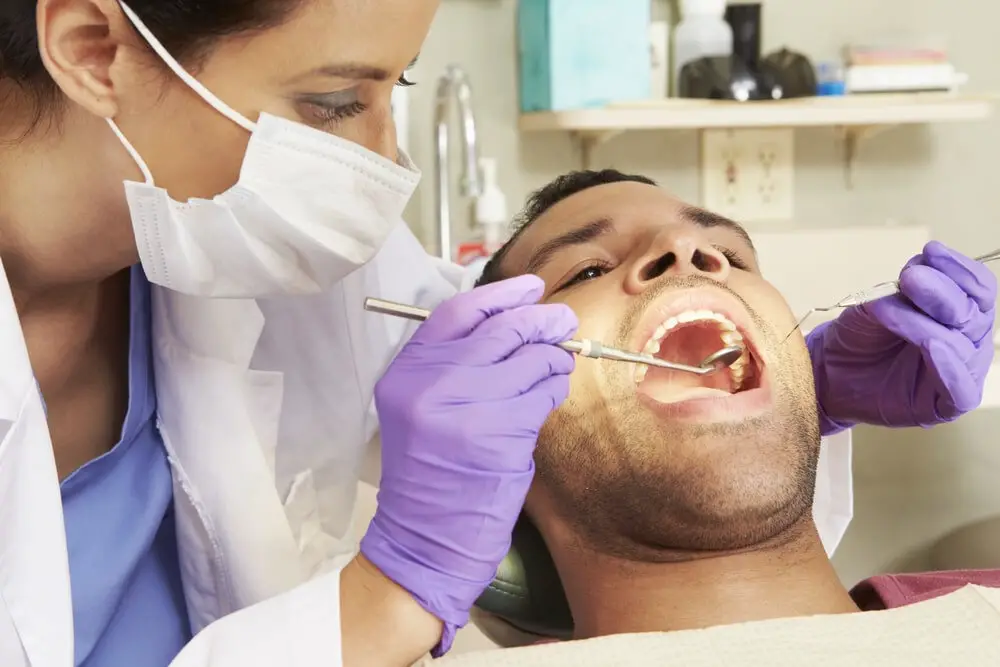
A salt water rinse is a simple yet effective way to reduce swelling after wisdom teeth removal. This rinse involves mixing a teaspoon of salt in a glass of warm water and swishing it around in your mouth for about 30 seconds before spitting it out. Salt water helps to reduce swelling by drawing excess fluids out of the gums. It also has antibacterial properties that can help to prevent infection in the area. It is recommended to do this rinse several times a day, especially after meals, to help keep the area clean and promote healing. Aside from reducing swelling, a salt water rinse can also help to alleviate pain and discomfort in the gums. The warm water helps to soothe the area and the salt can act as a natural pain reliever. Additionally, salt water rinses are a great way to promote overall oral health. The antibacterial properties of salt can help to kill harmful bacteria in the mouth, which can help prevent issues like gum disease and tooth decay. Overall, a salt water rinse is a safe and easy way to promote healing and reduce swelling after wisdom teeth removal.
Salt water rinse is a simple yet highly effective way to reduce swelling and promote healing after wisdom teeth removal. The salt in the water helps to draw out excess fluid from the swollen tissues, reducing inflammation and pain. Additionally, the salt water rinse creates an alkaline environment in the mouth, which can help to neutralize harmful bacteria and promote healing. This natural remedy is easy to make at home and can be used several times a day to speed up the healing process and provide relief from discomfort. By incorporating salt water rinse into your post-surgery routine, you can ensure a smoother and more comfortable recovery from wisdom teeth removal.
One effective way to reduce swelling after wisdom teeth removal is to make and use a salt water rinse at home. To make the rinse, mix one teaspoon of salt into a glass of warm water until the salt dissolves completely. Gently swish the solution around your mouth for about 30 seconds and then spit it out. Repeat this process a few times a day, especially after meals and before bedtime, to help reduce swelling and promote healing. The salt water rinse works by reducing inflammation and killing bacteria in the mouth, which can help prevent infection and speed up recovery. Be sure to use warm water, as hot water can irritate the surgical site, and do not use the rinse for the first 24 hours after surgery to avoid dislodging the blood clot.
Manage Pain and Discomfort
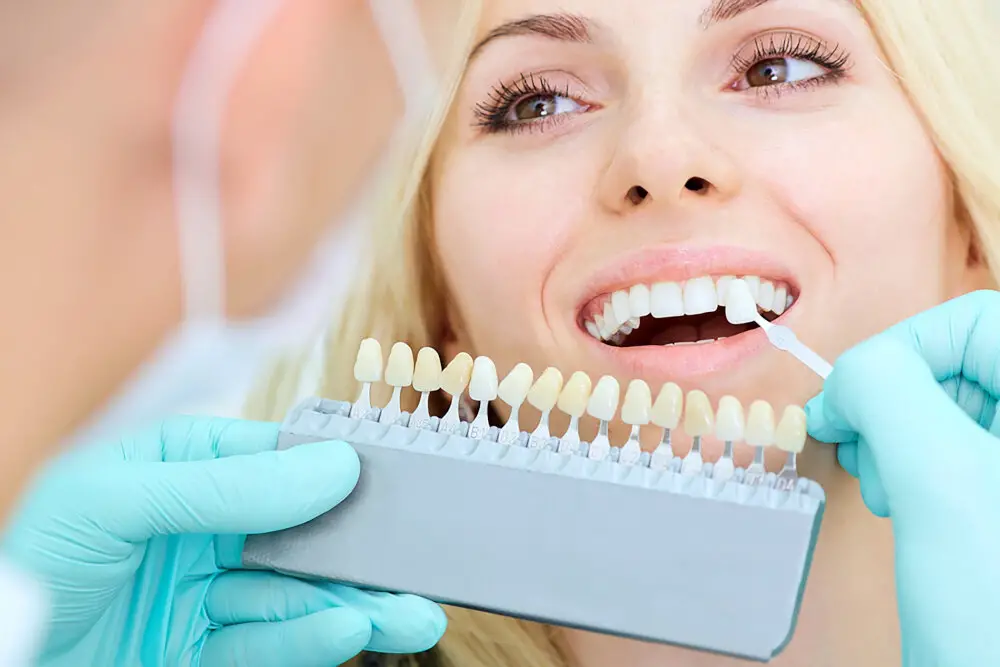
Managing pain and discomfort is a crucial aspect of recovering from wisdom teeth removal surgery. While some people may experience minimal discomfort and swelling, others may encounter more severe symptoms that require careful attention. To manage pain and discomfort after wisdom teeth removal, there are several things you can do. One effective way to reduce pain and discomfort is to take pain medication as prescribed by your dentist or oral surgeon. Over-the-counter pain relievers such as ibuprofen or acetaminophen can be helpful, but your dentist may prescribe stronger medication if necessary. Additionally, using ice packs or cold compresses on your cheeks can help reduce swelling and alleviate discomfort. It’s important to avoid placing ice directly on your skin and to limit the duration of each application to avoid skin damage. Lastly, rest is crucial in reducing pain and discomfort. Avoid strenuous activity and get plenty of sleep to allow your body to heal properly and reduce the risk of complications. With these strategies, you can manage pain and discomfort more effectively and make your recovery from wisdom teeth removal as smooth as possible.
Managing pain after wisdom teeth removal can also aid in reducing swelling. Pain and swelling are interconnected, and by controlling one, you can alleviate the other. The pain caused due to the surgery can cause inflammation, which can then lead to swelling. By taking pain medication as prescribed by your dentist, you can manage the pain, which can help reduce swelling. Additionally, elevating your head while sleeping, applying ice packs to the affected area, and avoiding strenuous activities can help manage pain and swelling. By following these steps, you can speed up your recovery and reduce discomfort after wisdom teeth removal.
Managing pain and discomfort after surgery can be a daunting task, but it is essential for a speedy recovery. One of the most effective ways to reduce swelling and discomfort after wisdom teeth removal is to apply ice packs to the affected area for the first 48 hours. Additionally, you can take over-the-counter pain medication such as ibuprofen or acetaminophen, as directed by your dentist or doctor. It is also crucial to avoid hot or spicy foods, smoking, and drinking through a straw as these can all increase swelling and delay healing. Instead, opt for soft and pureed foods, and make sure to stay hydrated by drinking plenty of water. Lastly, rest and allow your body to heal, avoiding strenuous activities and heavy lifting for a few days following the surgery. With these tips, you can effectively manage your pain and discomfort, and speed up your recovery after wisdom teeth removal.
Soft Foods and Proper Hydration
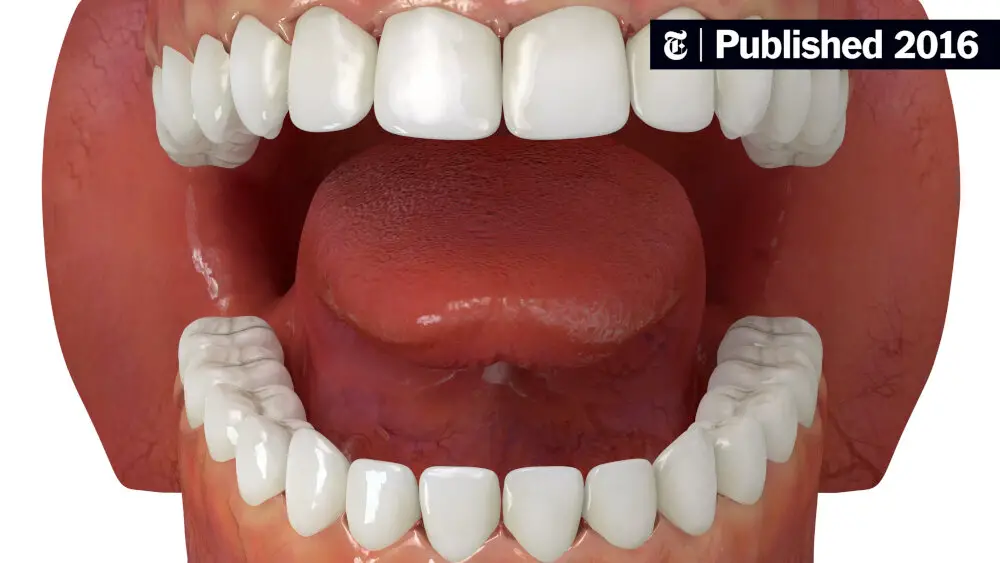
After having wisdom teeth removed, it is important to consume soft foods and stay properly hydrated to reduce swelling and promote healing. Soft foods are easy to chew and swallow, which minimizes the risk of injuring the surgical site and aggravating any residual pain. Some examples of soft foods include yogurt, mashed potatoes, smoothies, soup, and scrambled eggs. It is also recommended to avoid hard, crunchy, or chewy foods as these can irritate the surgical site and prolong the healing process. Additionally, consuming cold foods like ice cream or popsicles can help numb the area and reduce swelling. In addition to consuming soft foods, proper hydration is essential for reducing swelling after wisdom teeth removal. Drinking plenty of water and other fluids helps to flush out toxins and reduce inflammation. It is recommended to drink at least eight glasses of water per day, and to avoid caffeinated or alcoholic beverages which can dehydrate the body. To make drinking water more comfortable, try adding slices of lemon or cucumber for a refreshing taste. It is important to avoid using straws when drinking fluids as the sucking motion can dislodge the blood clot that forms over the surgical site, which can lead to a dry socket and further complications.
After wisdom teeth removal, the surrounding tissues are susceptible to swelling, which can be uncomfortable and impair the healing process. Soft foods and proper hydration are two effective ways to reduce swelling. Soft foods require less chewing, which minimizes the movement of the jaw and reduces the risk of irritation to the affected area. Additionally, soft foods are often rich in water, which can help with hydration. Proper hydration is essential for overall health and can help reduce swelling by flushing out toxins and reducing inflammation. Drinking plenty of water and other hydrating fluids such as coconut water, herbal tea, or fresh juice can help keep the body hydrated and reduce swelling.
After wisdom teeth removal, it’s important to consume soft foods that require minimal chewing and won’t irritate the surgical site. Some suggested soft foods include applesauce, yogurt, mashed potatoes, scrambled eggs, and soup. It’s also crucial to stay hydrated by drinking plenty of water, but avoid using straws as the sucking motion can dislodge the blood clot and impede healing. Room temperature or lukewarm beverages are also recommended as hot or cold drinks can cause discomfort. Additionally, avoid consuming alcohol, caffeine, and carbonated drinks as they can dehydrate the body and delay the healing process.
Wisdom teeth removal is a common dental procedure that can be accompanied by swelling in the affected area. To reduce the swelling after wisdom teeth removal, there are several effective ways that can be followed. Firstly, applying an ice pack to the affected area for the first 48-72 hours can help to reduce swelling. Secondly, taking prescribed pain medication or over-the-counter pain relievers can also help to alleviate swelling. Thirdly, rinsing the mouth with warm salt water can help to soothe the affected area. Fourthly, avoiding strenuous physical activity and sticking to a soft food diet can also help to reduce swelling. Finally, keeping the head elevated while sleeping can help to prevent further swelling. By following these effective ways, the swelling after wisdom teeth removal can be reduced, and the healing process can be faster and more comfortable.
Following postsurgery instructions is crucial for proper healing and recovery, especially after wisdom teeth extraction. Swelling is a common occurrence after this procedure, and it can affect the healing process if not handled properly. Proper care, such as applying ice packs and taking prescribed medication, can significantly reduce swelling and pain. Ignoring instructions, such as consuming hard or crunchy foods or smoking, can cause complications like infection or dry socket, which can prolong the healing process. It is essential to understand the significance of following postsurgery instructions to ensure a smooth recovery and avoid unnecessary discomfort.
Conclusion
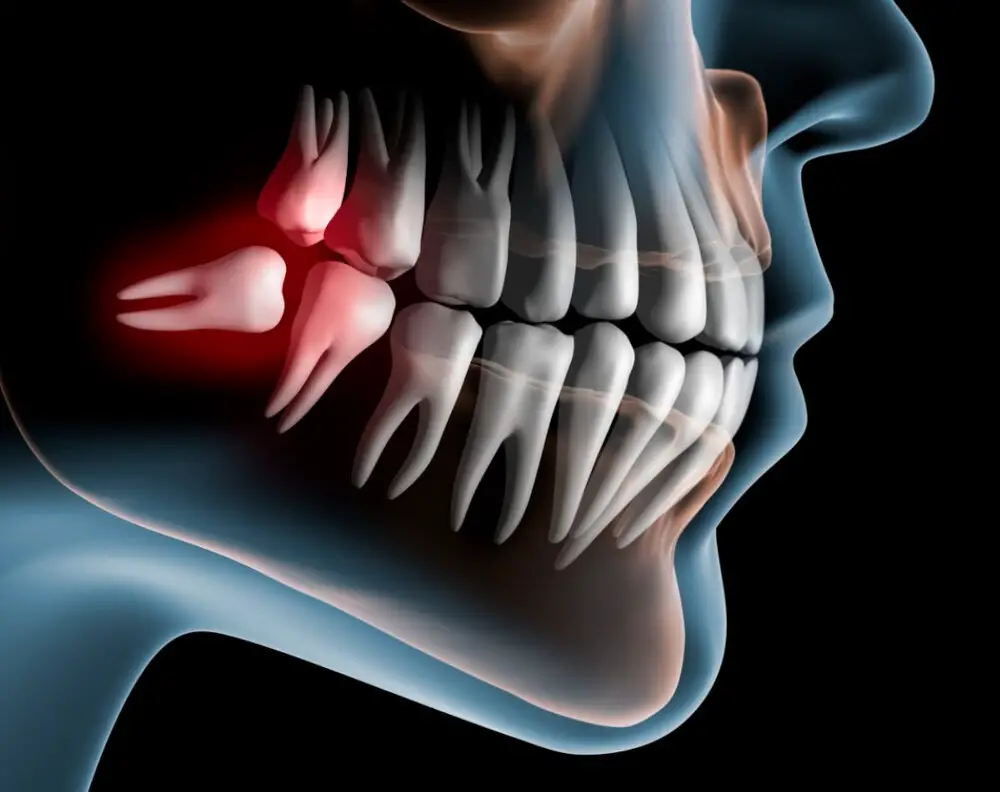
In conclusion, reducing swelling after wisdom teeth removal is crucial for a quick and comfortable recovery. Utilizing the five effective ways we have discussed, such as applying ice, resting, using anti-inflammatory medication, rinsing with salt water, and elevating the head, can significantly reduce swelling and discomfort. It is important to follow these guidelines to ensure a smooth healing process. Remember to consult with your dentist or oral surgeon if you have any concerns or questions about your recovery. By implementing these methods, you can alleviate pain and swelling, allowing you to resume your daily activities with ease.


